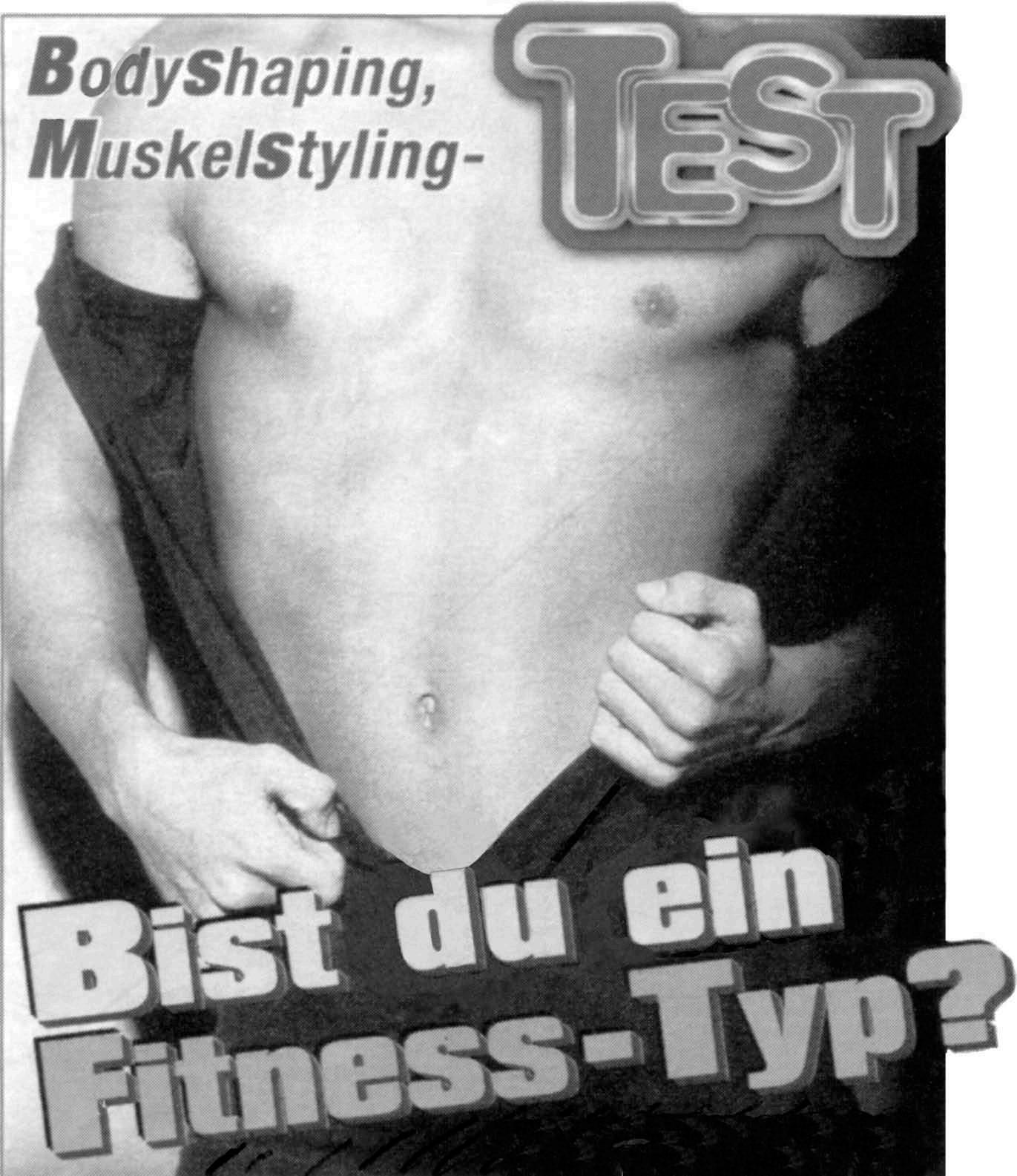48
Adjectives, adverbs and adverbials
This runs counter to the usual rule that adjectives always have weak endings after a determiner which has an ending itself: nom.
einige gute
Weine
acc.
einige gute
Weine
gen.
einiger guter Weine
dat.
einigen guten Weinen
Adjectives ending in -el, -er (and sometimes those in -en) can drop the -e- when an ending is added: dunkel trocken teuer
ein dunkler Wald die trockne/trockene Wäsche ein teurer Computer
a dark forest the dry washing an expensive computer
The adjective hoch ‘high’ has the special form hoh- when endings are added: Der Berg ist hoch BUT ein hoher Berg
The mountain is high/a high mountain
4.3 Adjectives used as nouns In German, almost any adjective can be used as a noun: der Alte the old man
die Alte the old woman
die Alten the old people
Adjectives used as nouns like this have a capital letter, but they keep their adjectival ending. This ending is ‘weak’ or ‘strong’ depending on the determiner, as the table below shows for der Jugendliche ‘the young man’:
declension with …
definite article
singular
nominative accusative genitive dative
der den des dem
Jugendliche Jugendlichen Jugendlichen Jugendlichen
plural
nominative accusative genitive dative
die die der den
Jugendlichen Jugendlichen Jugendlichen Jugendlichen
indefinite article ein einen eines einem
Jugendlicher Jugendlichen Jugendlichen Jugendlichen
Jugendliche Jugendliche Jugendlicher Jugendlichen
NB The feminine equivalent has the feminine adjective endings, e.g. in the nominative case singular die Jugendliche, eine Jugendliche. Correspondingly, neuter adjectival nouns have the appropriate neuter adjective endings, e.g. das Schöne (the beautiful thing/quality).










